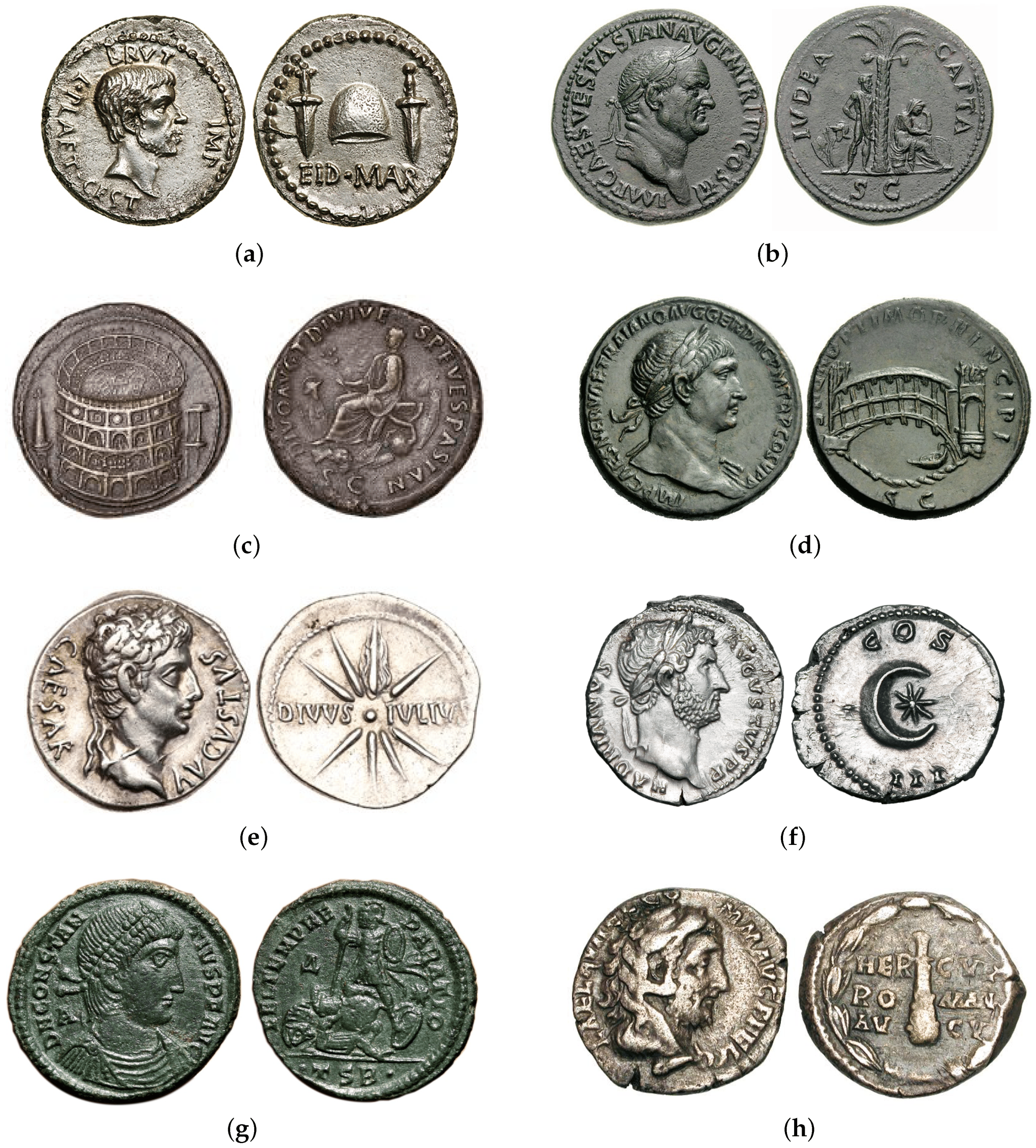1. Credibility of Quantity
Coins, ancient and new are minted in super high quantities in the hundreds of thousands and even millions and they are also well circulated. It would be pretty damn hard to create millions of fake ancient coins and bury them all over the world in the correct archeological sites at correct layers so they can be found by random. When you look at a coin, you get a rare and honest look at the time it was created.
2. Precious Metals Withstand the Test of Time
Gold doesn’t age or tarnish at all, not even at the bottom of an ocean for thousands of years as we find in shipwrecks. Pure AU truly is a precious element that will be here for millennia after we’re all dead and gone.
Silver, does create a tarnish known as a patina but even after thousands of years, it can easily be wiped off without damage so we have millions of silver coins as well.
Copper will erode over time but we still have copper coins dating back over 3000 years!
Unlike paintings and scripts and buildings, coins will always be around to offer insight on your history.
Coins Tell a Story
First an foremost, coins often reveal who’s in charge. Most coins depict kings, Queens, emperors, generals and the people who hold positions of power. You can know their names and see their face throughout time.
On the backside of coins aka tales, you can see the memes of the times. Many times, the reverse side of a coin will show bloodline symbolism to let you know the heritage of the leaders. In other cases, coins are minted to celebrate a historic event such as a great war. Another insight coins offer is they often depict deities and religious clues that tell us more about their beliefs and lastly, coins often have written text that will let us know what language they spoke and what important message they wanted to convey.


Leave a Reply